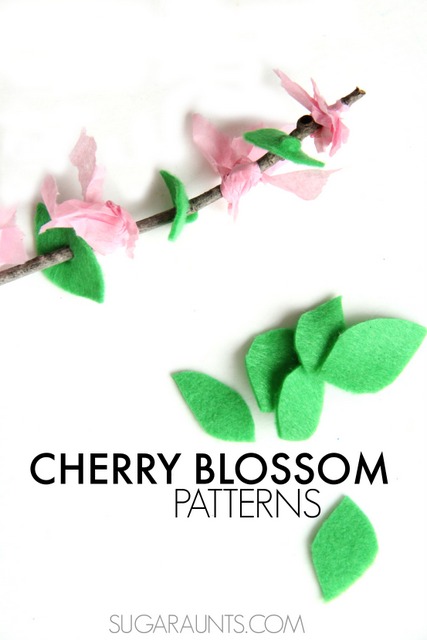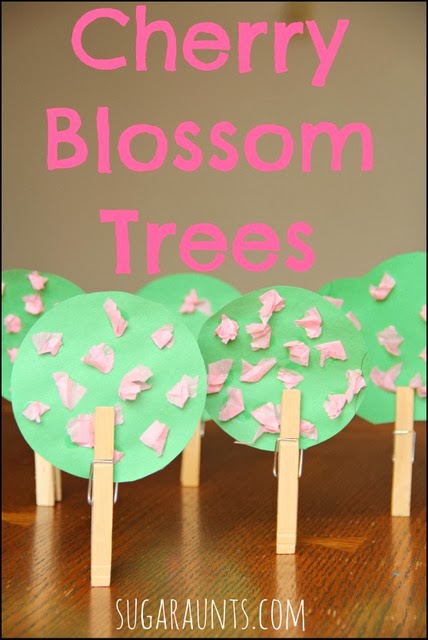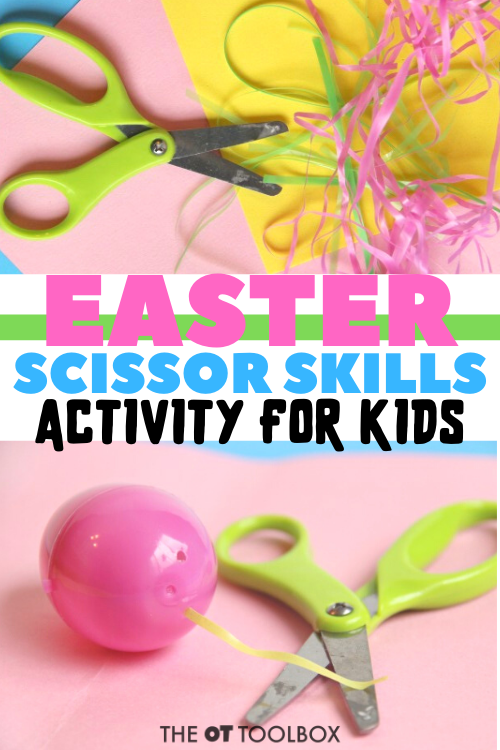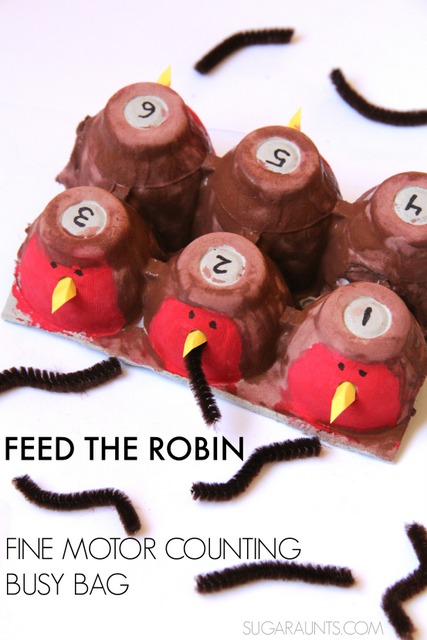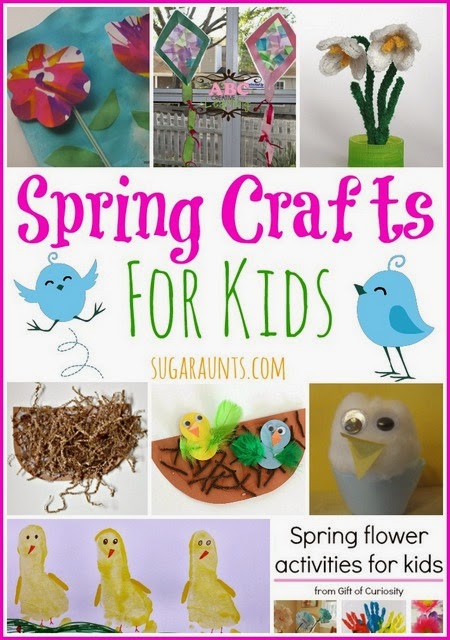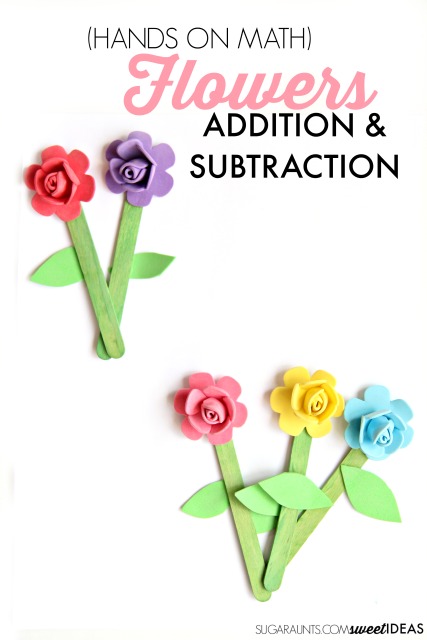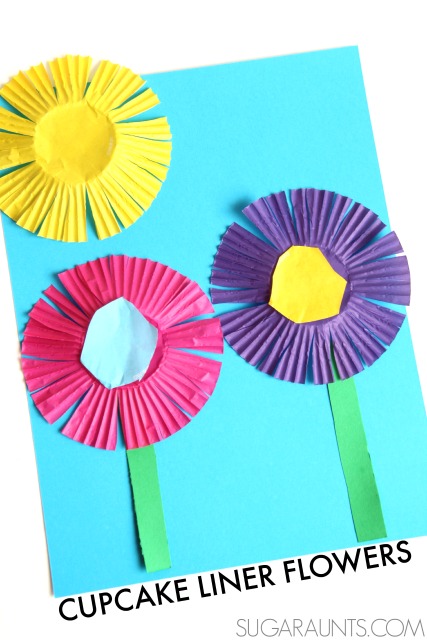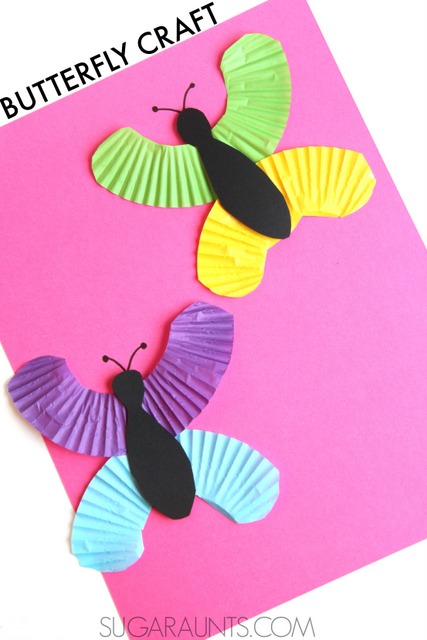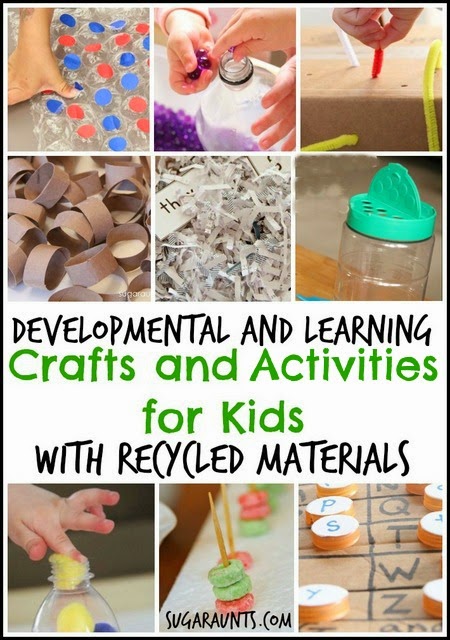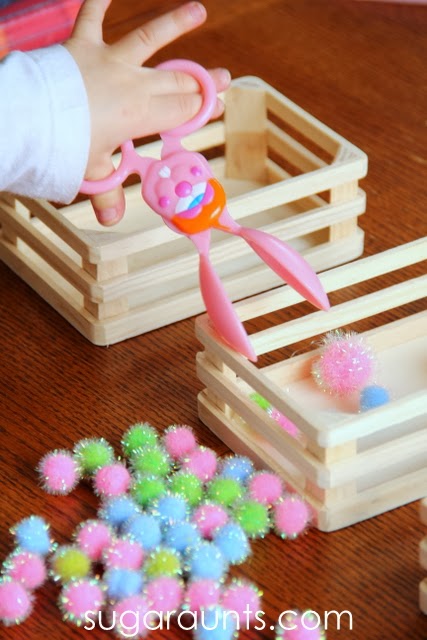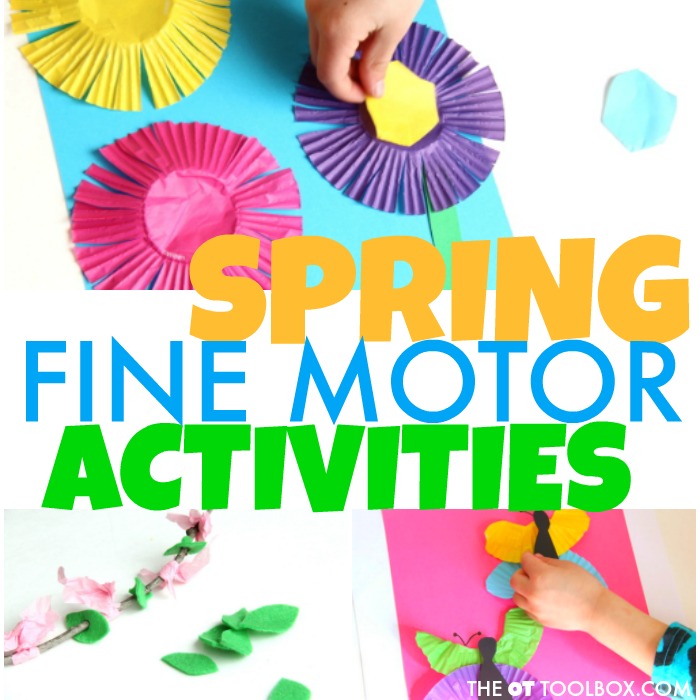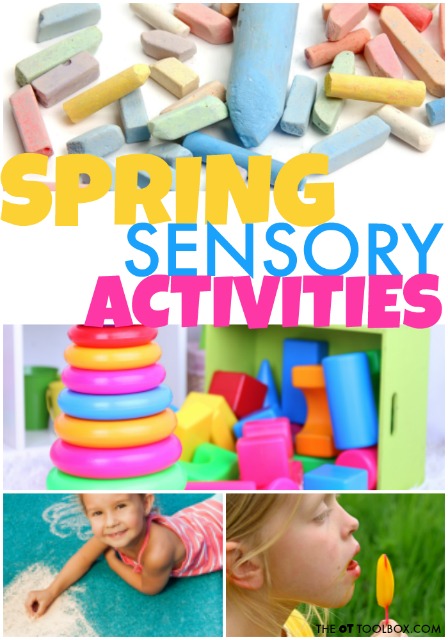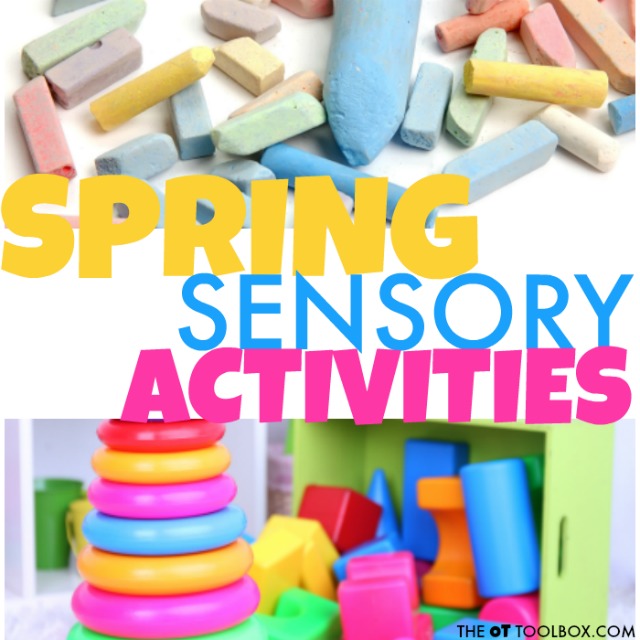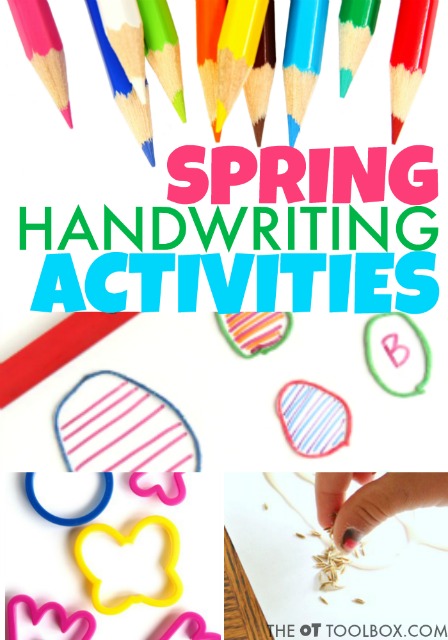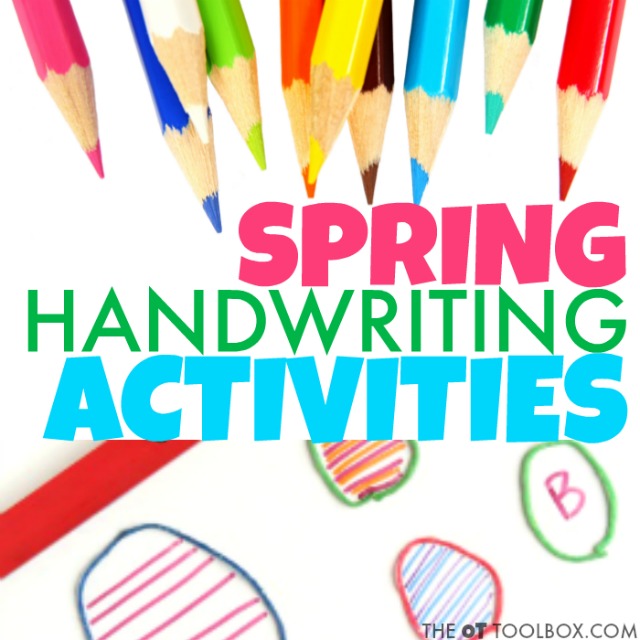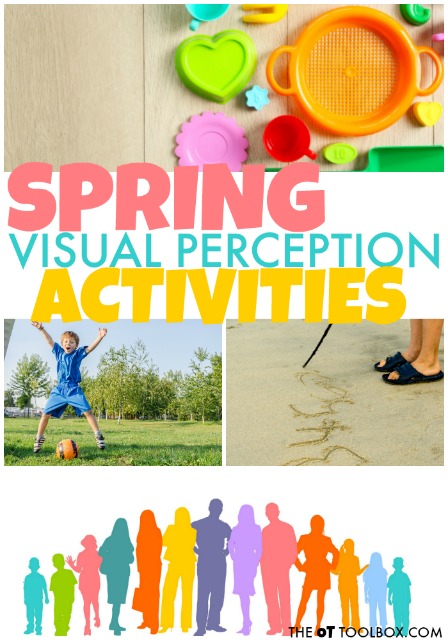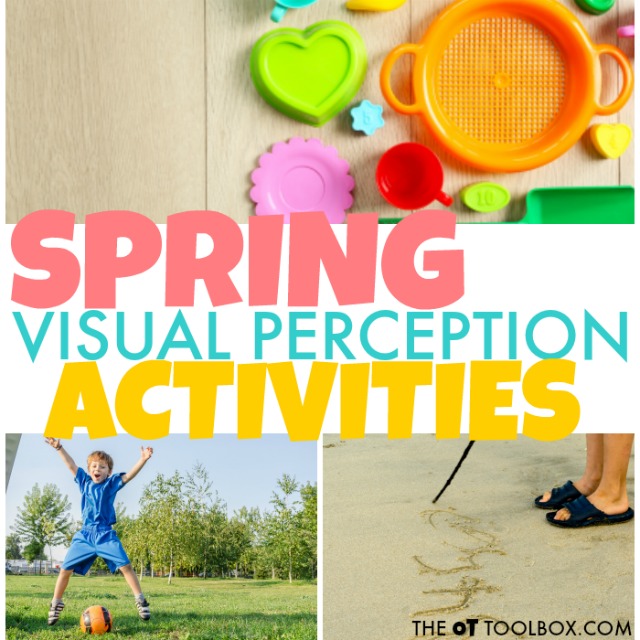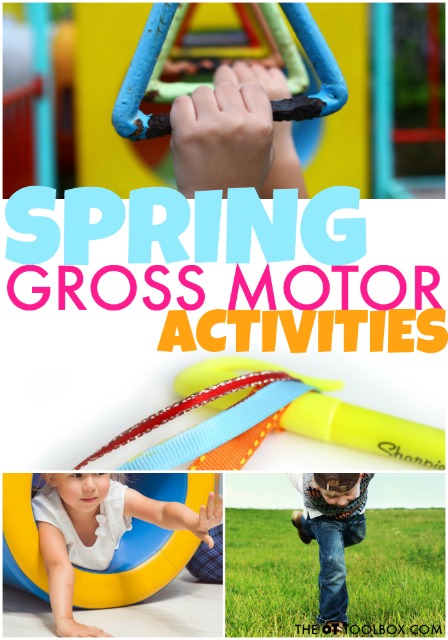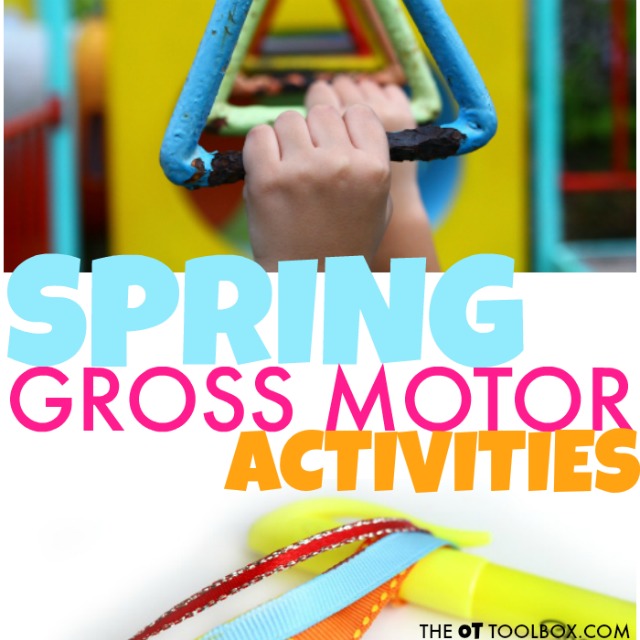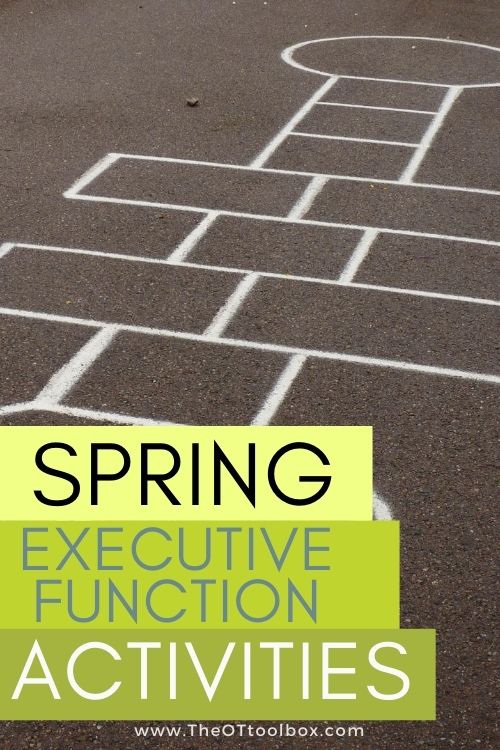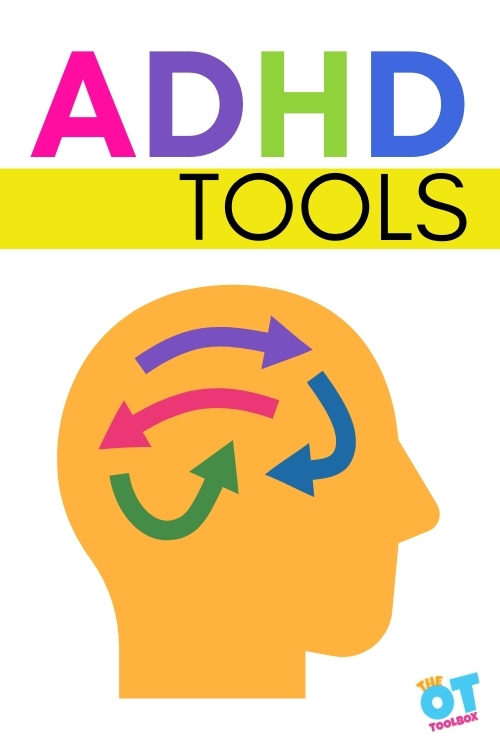Looking for Spring Fine Motor Activities to do with the kids this time of year? This is the space to find creative activities and ideas to promote fine motor skills like hand strength, dexterity, open thumb web space, arch development, and the precision grasp needed for functional tasks like pencil grasp, endurance in handwriting, scissor use, clothing fastener use, the ability to open containers, type with finger isolation, and every other fine motor task you can imagine!
For more ideas, grab our free April occupational therapy calendar to get your ideas started with therapy planning and building those motor skills!
The best thing about the Spring activities listed here are the use of everyday items, making therapy planning a breeze. Use some of these ideas in your Spring occupational therapy plans in the clinic or when coming up with a home program for your pediatric clients. It’s also a great way to sneak in fine motor work this time of year in a fun way!
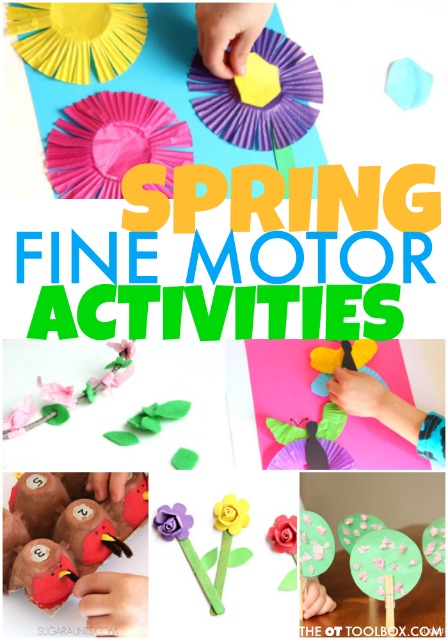
Spring Fine Motor Activities
Other seasonal occupational therapy activities can be integrated with these sensory ideas. Include aspects of these Spring OT ideas to create a well-rounded lesson plan this time of year:
- Spring Fine Motor Activities
- Spring Gross Motor Activities
- Spring Executive Functioning Activities
- Spring Visual Perception Activities
- Spring Handwriting Activities
- Spring Occupational Therapy Activities
For a more exhaustive set of strategies, activities, and ideas, be sure to grab the Spring Fine Motor Kit (PLUS bonus kit which covers everything you need for Spring Break) that is on sale now for just $10. You’ll be loaded up on all kinds of tools that will last all season long.
Fine motor skills can be address through seasonal, Spring activities. Skills such as
- bilateral hand coordination
- wrist extension
- gross grasp strength
- pincer grasp
- open thumb web space
- separation of the sides of the hand
One thing that makes a big difference in fine motor dexterity is addressing separation of the sides of the hand. This post explains more about motoric separation of the hand and here is another fun activity that really strengthens those muscles.
Quick Powerful Strategies to Build Fine Motor Skills
Try these quick Spring ideas to work fine motor skills:
- Pick petals from leaves
- Sort Spring mini-erasers into egg cartons
- Crumble tissue paper to make tissue paper art
- Tear small strips of paper and glue them to paper to build letters, spelling “SPRING”
These OT activities using tongs are great for developing and strengthening the arches of the hands for improved intrinsic strength.
In fact, the intrinsic muscles are the muscles in the hand that define the arches of the hands, bend the knuckles, and oppose with the thumbs. Activities like this intrinsic muscle strengthening activity can easily be replicated at home or in the therapy room.
Among these muscles are a group called the lumbricals. The lumbrical muscles have a job to bend (flex) the MCP joints and extend (straighten) the PIP and DIP joints. When the lumbricals are in action, the hand might look like it is holding a plate with the big knuckles bent and the fingers extended. Read more about strengthening the intrinsics here.
These are just a few examples of fine motor skills that are essential for functional development and effective manipulation of tools.
Use tongs to help build fine motor skills with these Spring ideas:
- Use tongs to color sort objects into baskets or bins
- Use tweezers in a Spring sensory bin
- Pick up items in a Spring obstacle course
- Place colorful craft pom poms along a fine motor path on paper
These ideas are part of our Spring Week here on The OT Toolbox. Be sure to stop back each day this week to find more Spring occupational therapy activities and ideas to use all season long
Today is all about Spring Fine Motor Activities. Check the out below!
Spring Occupational Therapy Activities
Try some of these ideas to promote fine motor skills this Spring:
For Spring crafts, start here with these cherry blossom crafts.
Use this cherry blossom activity to promote hand strength, precision, opening of the thumb web space, thumb stability, arch development and intrinsic muscle strength. Kids can make the cherry blossom activity, but also work on visual motor skills and patterns. Read more about this spring activity and how it promotes hand strength in so many ways.
Love cherry blossoms and want to go with a cherry blossom theme while boosting those fine motor skills? Try this Cherry Blossom Tree Craft and strengthen pinch, grip, arch development, separation of the sides of the hand, thumb stability, bilateral coordination, and other skills.
Perfect for the Spring season, this Easter activity builds the underlying skills needed for accuracy and precision with scissor skills.
Work on pincer grasp, hand strength, dexterity, and mobility with this robin craft. Kids will love feeding worms to the robins that they make from egg cartons. Best of all, it uses recycled materials and can be used over and over again!
Looking for tons of Spring craft ideas to last the whole season long? You’ll find loads of ideas from around the web!
Make flowers and use them to boost fine motor skills too with this fine motor flower craft!
This cupcake liner flower craft is a great (easy) craft idea to promote scissor skills. I love that it helps kids to work on precision when cutting with scissors and graded snips to stop at a specific point when cutting. This is a hard skill to master! Kids will love to see the flowers they create when cutting up to a point and then stopping the scissors to create the flower!
Another Spring fine motor activity that promotes scissor use is this butterfly craft. Kids can learn to cut curved lines and improve precision by cutting with a thinner material using cupcake liners to help with precision and accuracy. What a fun spring craft for kids!
Take a different spin on Spring activities and celebrate Earth Day by making crafts and activities using recycled materials. There’s something for everyone here…all while promoting fine motor skills!
One easy way to work on hand strength is to create a Spring Play Dough Press Activity. Simply pull out the play dough and some Spring items like cookie cutters, flowers, feathers, small animal toys, and other Spring-themed items. Create a sensory table experience and press those items right into the play dough. Kids can hide items and find them again or match up the impressions to the toys. It’s a great way to strengthen the intrinsic muscles, promote endurance in the hands, and to do it with a Spring theme!
This Spring Sensory Seek and Find Activity is an old one on the website, but it’s still a great way to promote fine motor skills like separation of the sides of the hand and finger isolation! It’s a good way to work on finger isolation and separation of the sides of the hand. Not to mention, moving the materials in the sensory bag around promotes hand strength, along with visual motor skills and visual perception. All you need is a plastic bag, clear hair gel, some food coloring, and Spring stickers!
Need some quick ideas to celebrate Easter? These bunny activities should spark some ideas!
One of our favorite ways to work on fine motor skills this time of year is with our good, old bunny tongs. This Spring fine motor activity promotes the skills needed for scissor use, as well as hand strength, eye-hand coordination, and more. You should be able to find the bunny tongs at the dollar store this time of year!
Work on scissor skills with this Recycled Artwork Spring Flower craft. It’s a great way to use up that artwork that you don’t know what to do with, too!
Spring Fine Motor Kit
Score Fine Motor Tools and resources and help kids build the skills they need to thrive!
Developing hand strength, dexterity, dexterity, precision skills, and eye-hand coordination skills that kids need for holding and writing with a pencil, coloring, and manipulating small objects in every day task doesn’t need to be difficult. The Spring Fine Motor Kit includes 100 pages of fine motor activities, worksheets, crafts, and more:
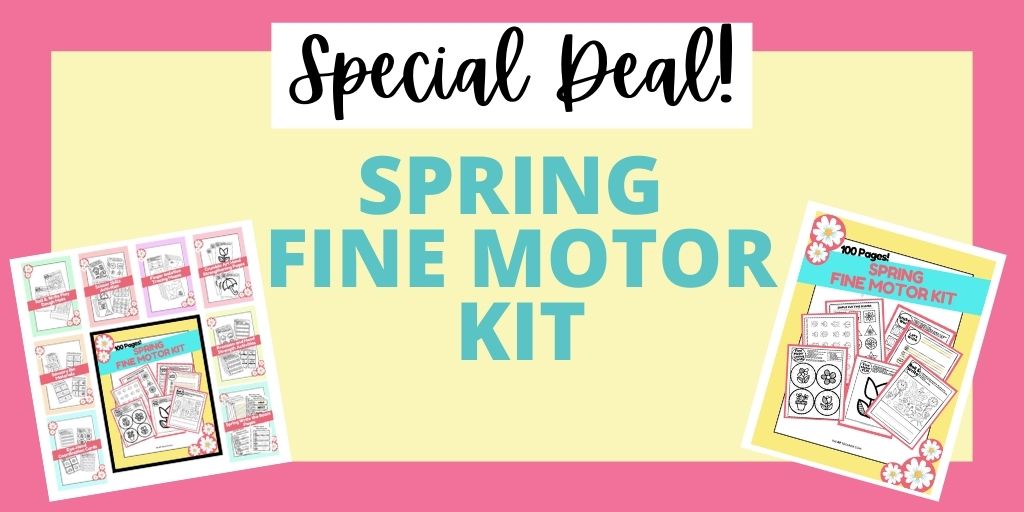
- Lacing cards
- Sensory bin cards
- Hole punch activities
- Pencil control worksheets
- Play dough mats
- Write the Room cards
- Modified paper
- Sticker activities
- MUCH MORE
Click here to add this resource set to your therapy toolbox.
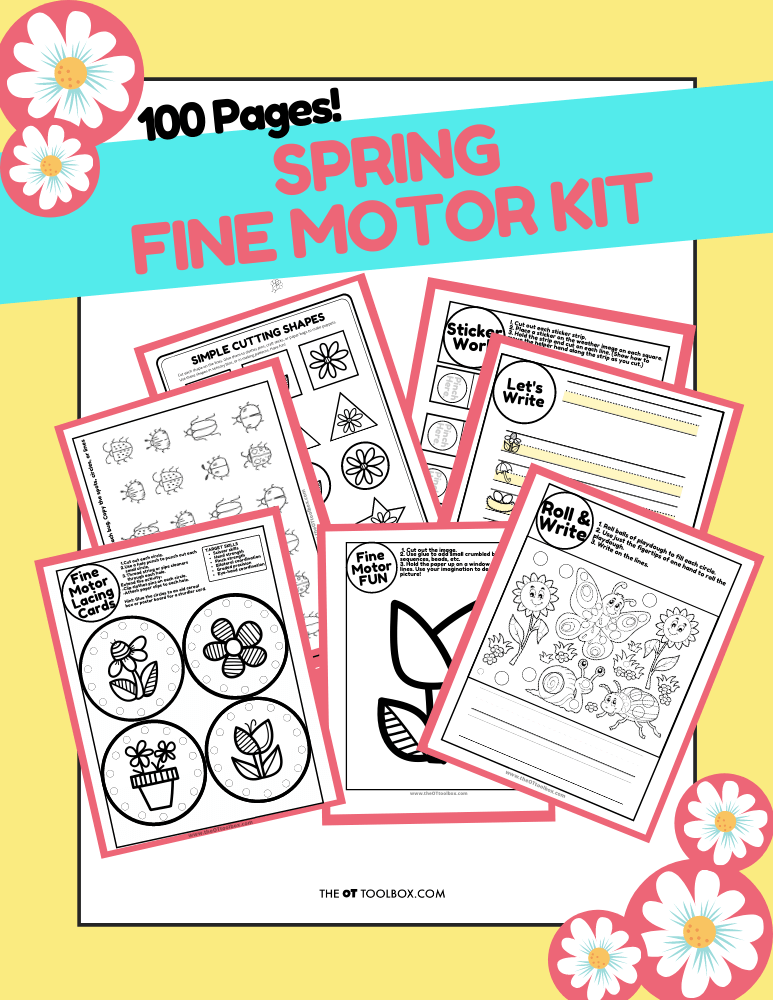






Grab your copy of the Spring Fine Motor Kit and build coordination, strength, and endurance in fun and creative activities. Click here to add this resource set to your therapy toolbox.







Colleen Beck, OTR/L has been an occupational therapist since 2000, working in school-based, hand therapy, outpatient peds, EI, and SNF. Colleen created The OT Toolbox to inspire therapists, teachers, and parents with easy and fun tools to help children thrive. Read her story about going from an OT making $3/hour (after paying for kids’ childcare) to a full-time OT resource creator for millions of readers. Want to collaborate? Send an email to contact@theottoolbox.com.


